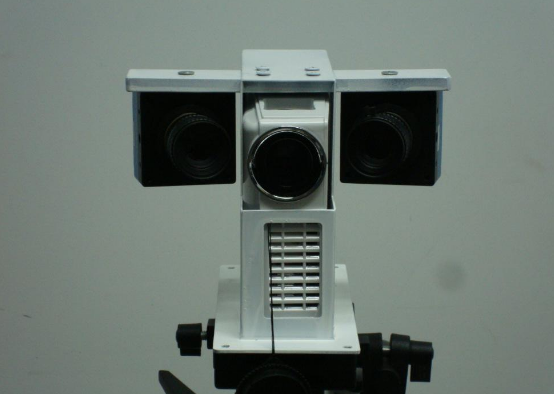小优智能科技有限公司成立于2015年底,是一家专注于高精度3D机器视觉模组研发、生产及销售的高科技企业。
公司自主研发的3D机器视觉模组采用激光/DLP白光编码光栅结构光+双工业相机方案,还原物体三维信息,广泛应用于消费电子领域、工业领域和安防领域,具有精度高、速度快、成本低的优势。
We can divide the objects that need to be scanned by the 3D scanner into two categories: one is the objects that can be scanned directly. The second is the objects that need to be processed (spraying the developer, affixing marking points, etc.) before scanning.
1. Objects that can be scanned directly
Directly scanned objects, as they literally mean, are placed directly on the rotating platform of the 3D scanner without any processing and then scanned. The raster is projected onto the object to be scanned by projection, and the two cameras responsible for data collection collect data information in real time, and form a 3D model after multiple collections.
These scanners have the following characteristics:
a.Monochromatic surface: Objects with light color and white surface are more suitable for scanning. Dark objects such as black surface objects will not scan well because they absorb light, and even fail to scan.
b. Multi-color surface: More than one color of the surface of the scanned object belongs to the multi-color surface. In such cases, the 3D scanner can scan the object by setting the texture without marking points to maintain the integrity of the scan.
c. Matte rough surface: the surface texture of the object is matte or matte matte object. When the grating is projected on such an object, a clear image will be formed. The 3D scanner camera can easily capture and collect the data of the scanned object information. On the contrary, if the object is very bright or has strong reflection, the grating will be reflected off under the interference of light, and it is difficult for the camera to capture the information of the scanned object.
d. Opaque surface: The scanning effect of opaque or translucent objects will be relatively better. If the object is transparent, the grating will pass through the scanned object and the information cannot be reflected back to the camera.
2. Objects that need to be processed before scanning
Cannot be classified into the characteristics of the above objects, the objects need to be processed before scanning. In order to achieve the standard that can directly scan the object, to obtain a satisfactory scanning effect.
a. Applying white to the surface of the object with paint, or spraying the developer is a factor that interferes with the operation of the optical 3D scanner, such as the reflective and transparent nature of the scanned object, and will also obtain a good scanning effect.
b. Contrast enhancer is a kind of white fine particle spraying agent which is not easy to dissolve in water but not easy to dissolve, but easy to dissolve in alcohol. . After the scan, the "coat" can be removed with alcohol.
c. For three-dimensional scanners that scan dark or reflective objects, you can apply powder to the surface. Such powders can be corn starch, flour, talc, or dry cleaning agents. They can be easily washed away with water. Because most paints are not easy to remove, we suggest that you can consider tempera paints, which are safe, water-soluble and can be easily washed away.
However, applying corn starch, flour, talc, or dry cleaning agent to this type of powder may result in uneven application, which may cause errors and take time, affecting the scanning results. It is recommended to purchase a 3D scanner and imaging agent. Not only is the method simple, inexpensive, and time-saving, it also improves the data accuracy of the scanned object.
